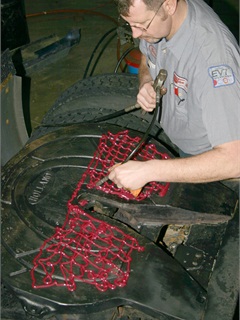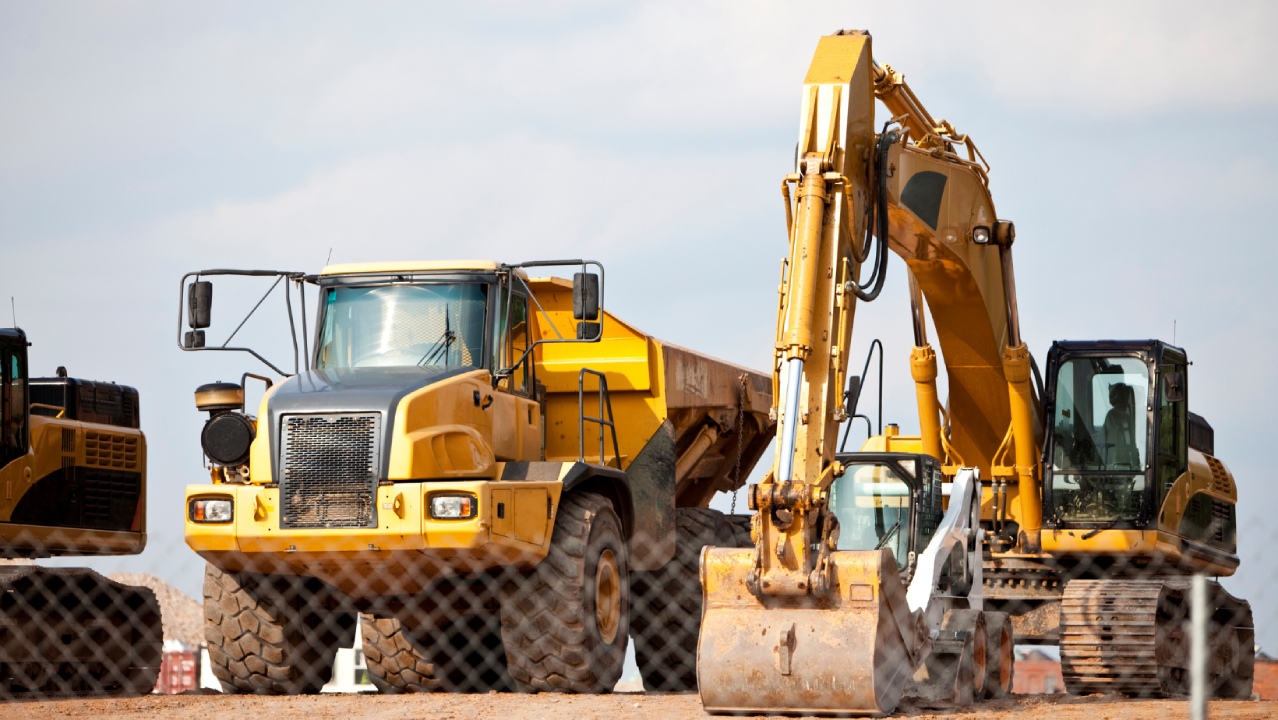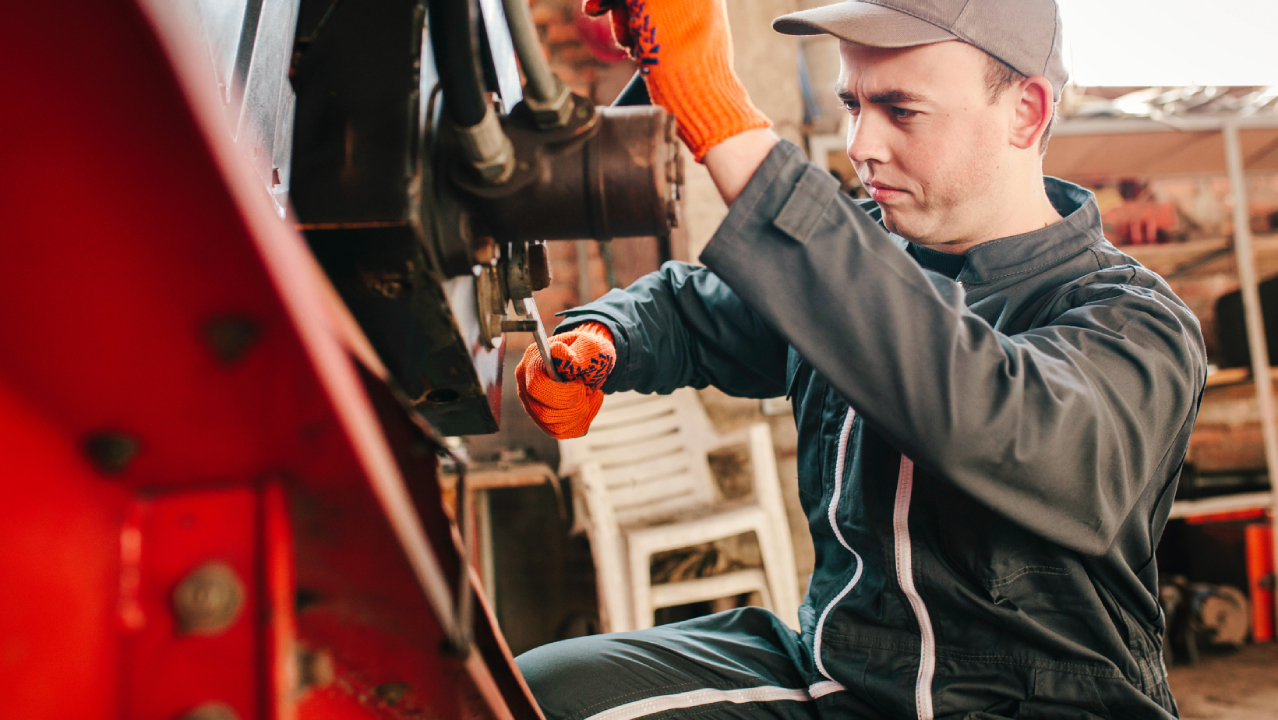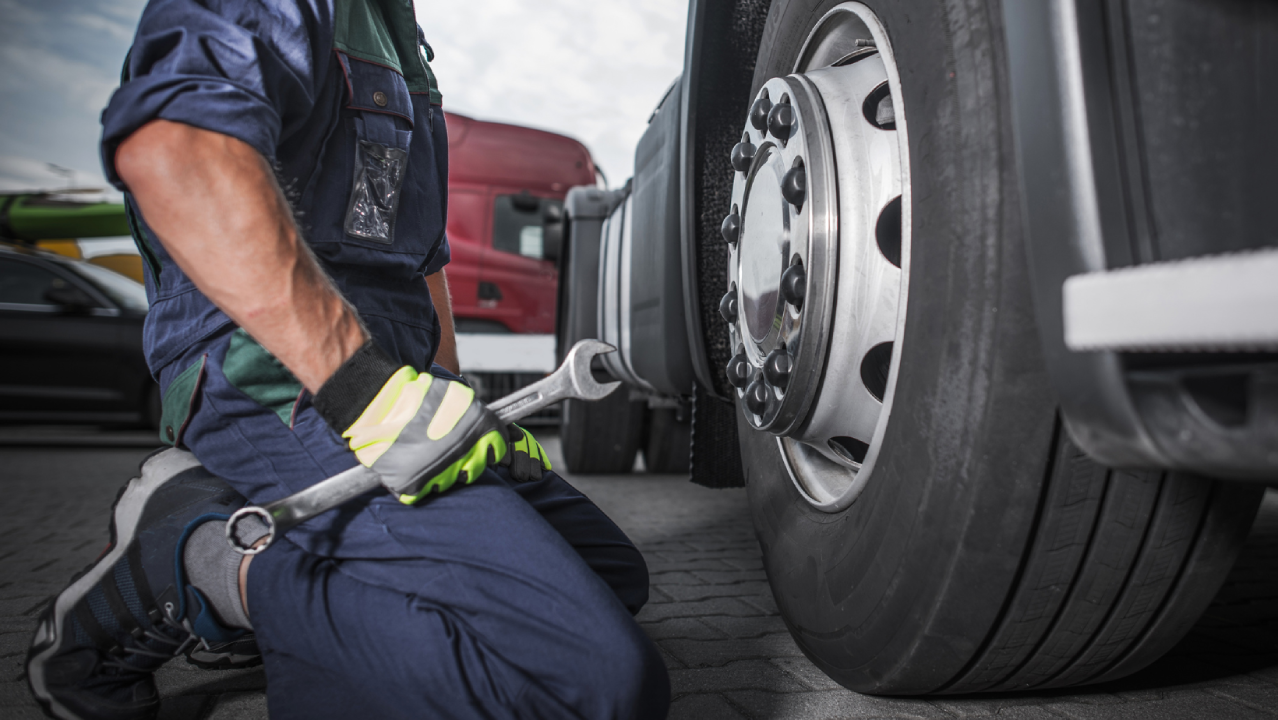It’s been 14 years since repairing any trailer’s “ICC bumper” was a simple matter of cutting off the damaged section and welding on a straight piece of angle iron. Most trailers built since Jan. 26, 1998, have been equipped with more complex required rear impact guards that are not only stronger but are designed to absorb shock from a collision. The hope is that the car or light-truck that’s rear-ending the trailer won’t ride under it, and the motorists won’t be decapitated or otherwise seriously injured.
Rear impact guards, or RIGs, can also be damaged in less serious mishaps, and by law need to be fixed promptly. That almost always means now. No, the driver can’t finish his run or make a delivery or pick-up, at least if it’s any appreciable distance from where that mishap took place. Otherwise you’re risking a ticket.
By now every truck operator should know all this, and should also be aware that fixing a rear impact guard means returning it to as-built condition. That means using the same pieces and parts that the trailer manufacturer used.
It’s so important that a group of maintenance professionals discussed details of rear impact guard repairs at a special session during the recent annual meeting of Technology and Maintenance Council of the American Trucking Associations.
Led by Gary Fenton of Stoughton Trailers, the managers reviewed TMC’s Recommended Practice 732 that lists guidelines for repairing rear impact guards. The RP describes types of deflection damage to the horizontal, vertical and diagonal parts of an impact guard, and how they should be repaired.
A common problem is an inward or outward deflection of the horizontal member caused by impacting another object or being yanked by a dock lock, or of the member’s corner(s). If no vertical supports are damaged, a vertical deflection of this member can be cold-bended (no heat applied) back into shape.
An inward deflection is possible without damage to the horizontal or vertical members if connecting bolts are damaged or loose. Those bolts can be replaced, and if this repositions the members in their original positions, the members can remain untouched.
If a floor or floor crossmembers are damaged by an impact to the RIG, those floor parts must be repaired according to the manufacturer’s specifications and instructions. Use subassemblies from the manufacturer if possible.
Do everything correctly, or liability might come if the trailer is later involved in another rear-end accident and it’s found that the rear impact guard had been improperly repaired.
Inspections of a trailer’s rear should include close looks at the impact guard for evidence of cracks, bends or corrosion in its various members, and the welds and fasteners holding them together. The RIG must also be properly aligned to the trailer’s structure.
Fenton emphasized that rear impact guards differ among trailer builders and most parts are unique to the manufacturer, as are floor, sill and crossmember designs, which together account for 20% of a trailer’s rear. Those parts must be acquired and used in any repairs.
Time to look at fifth wheels
It was a long winter in much of the country, and a delayed spring might have set back your preventive maintenance efforts. Several months’ worth of sand, gravel, aggressive salts and road debris are now bound up in all the old grease caked onto your fifth wheel. Aside from being damagingly abrasive, all that crud can interfere with the lock mechanism.
 If a driver writes up a fifth wheel as hard to release, it’s a good indication that it’s also hard to hook. It’s time to clean out the mechanism so you can do a proper inspection. Exact requirements for visual and mechanical inspection vary by manufacturer, but essentially you’re looking for damage to the top plate, slack in the jaws, proper function of the jaws and the condition of the release handle.
If a driver writes up a fifth wheel as hard to release, it’s a good indication that it’s also hard to hook. It’s time to clean out the mechanism so you can do a proper inspection. Exact requirements for visual and mechanical inspection vary by manufacturer, but essentially you’re looking for damage to the top plate, slack in the jaws, proper function of the jaws and the condition of the release handle.
While adjustment procedures vary across brands and models, the allowable amount of slack does not.
Roadside inspectors will sideline a truck with any more than half an inch of fore/aft movement between the top plate and the trailer, while the manufacturers recommend about 1/16-inch freeplay around the kingpin.
There’s some latitude there, but excessive slack is uncomfortable for the driver and will eventually wear the throat of the fifth wheel.
Corrosion could become an issue with bare metal springs, so inspect them carefully and replace as necessary. There’s no definition for wear on the springs, and as long as they are cycling properly, the springs are doing their job. Pull handles can be easily damaged or bent, and in some cases, a bent handle could impede the locking mechanism.
Check the fasteners or the slider mechanism. If 20% or more of the fasteners are missing or ineffective, the truck can be placed out of service.
Non-functioning sliders can be a huge source of frustration for drivers.
Therefore, cycle the slider periodically to keep it from seizing.
Properly lubricated fifth wheel top plates will retain peak performance for a long time, but grease is often applied incorrectly – usually too much. When the fifth wheel has been cleaned of old grease, apply a small bead of grease evenly in a back-and-forth motion. Apply a heavier coat to the rear two-thirds of the fifth wheel; the grease will be pushed forward when hooking up to a trailer. Too much grease is wasteful and messy, and it does you no good stuck to axle housing and brake pots.
While different types of greases or oils can be used, greases formulated specifically for fifth wheels provide the best lubrication. The proper thickness is crucial, as thin greases will wear away quickly during wet conditions and excessively thick grease may cause clumping – especially in the cold.
When greasing the bracket bearings – if they require grease; some do not – use a pry bar to lift the top plate slightly off the bearing, and rock the fifth wheel back and forth while applying grease. Some lubrication may be required on the underside, such as the locking mechanism, the cam track, or the pivots on the release handle. Use a light oil here.
No-lube and low-lube fifth wheels may have grease fittings on the underside to ease lubrication of the lock mechanism and to prevent excess grease from accumulating on the mating surface.






